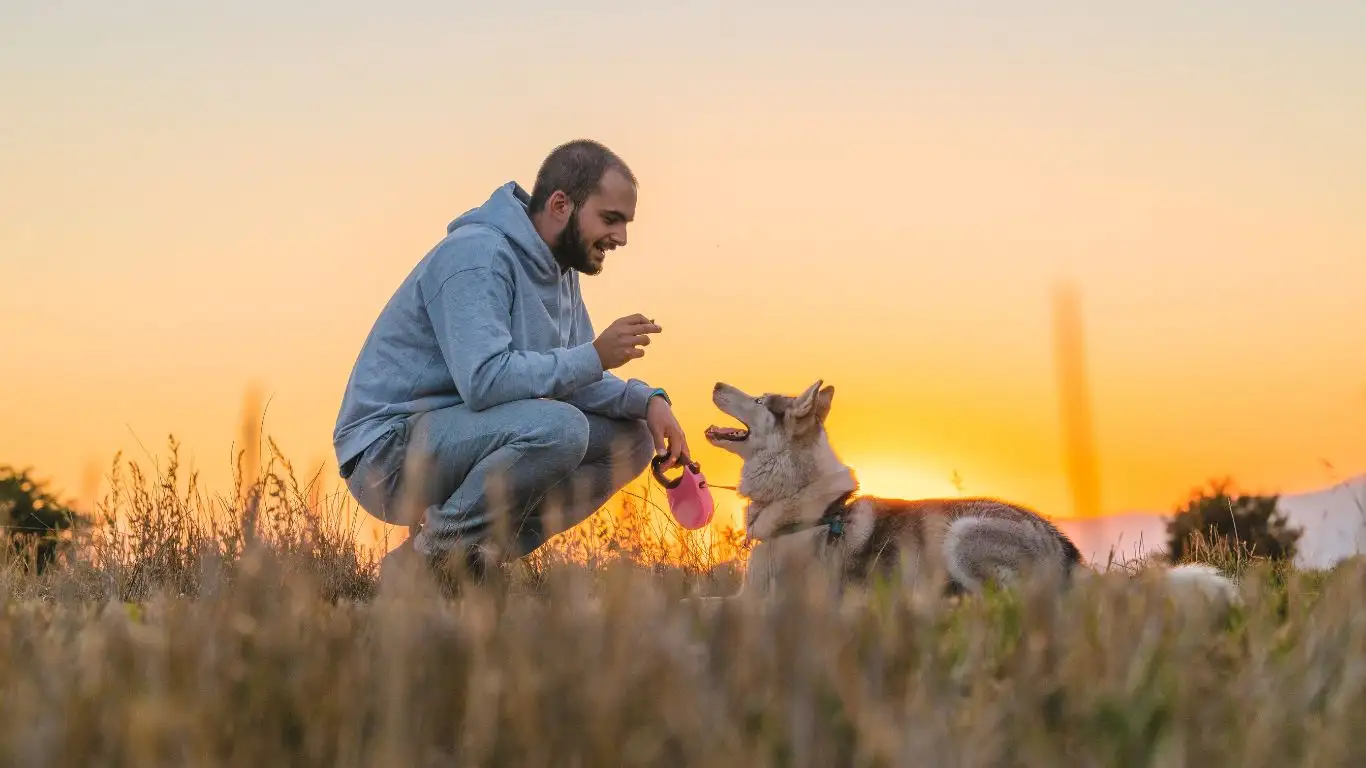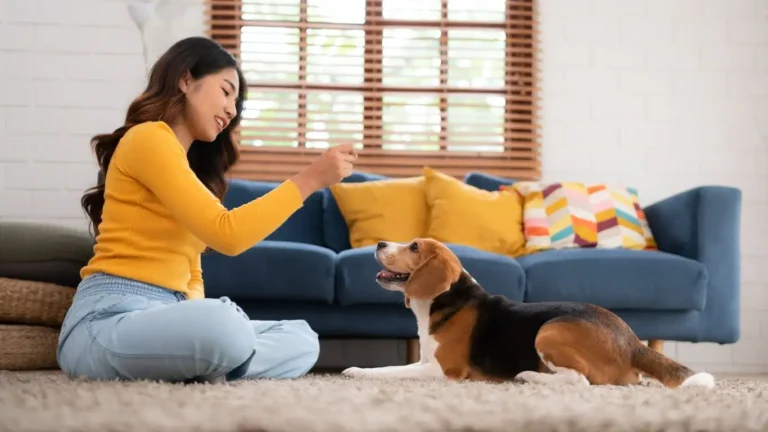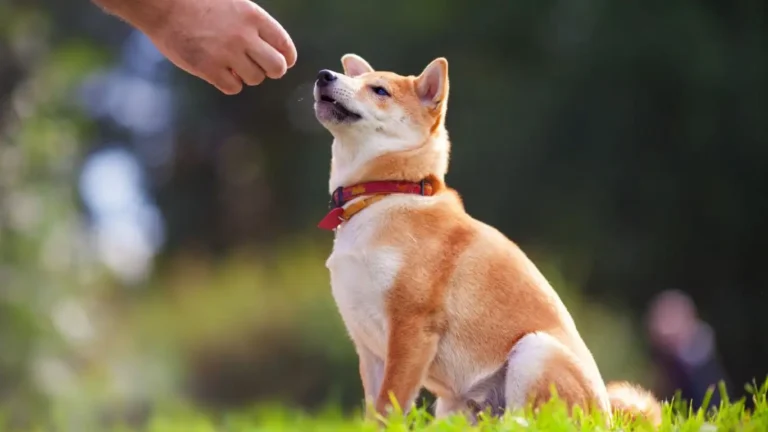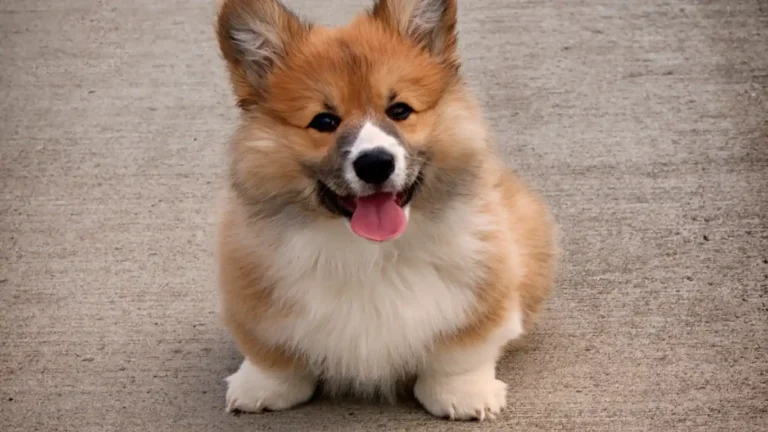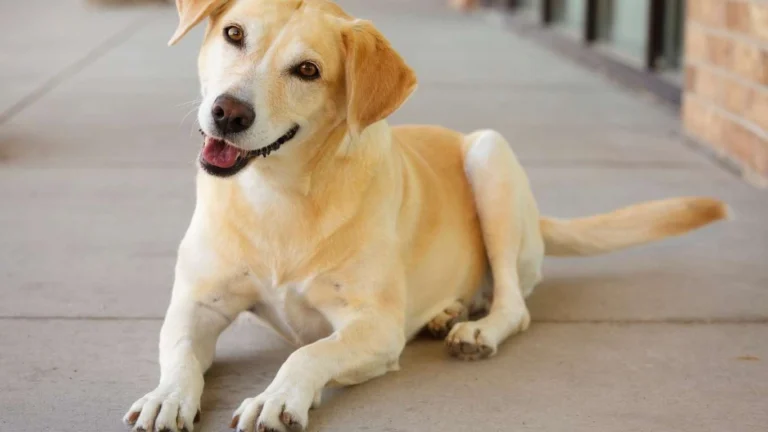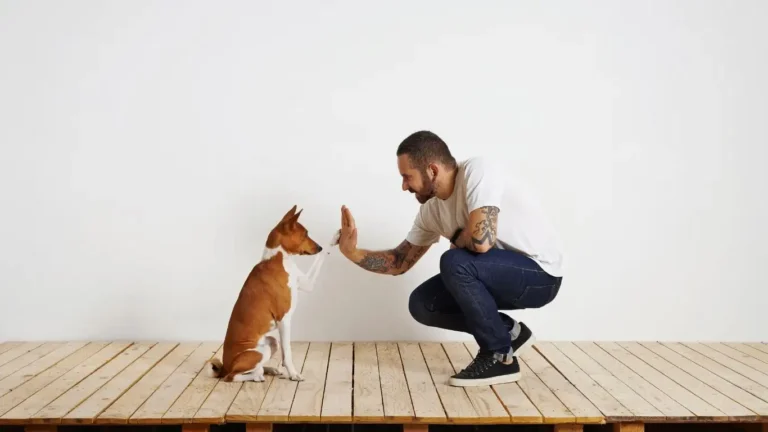Master How to Train a Dog to Allow Face Cleaning Without the Stress
Let’s be honest—teaching your dog to be okay with you wiping their face isn’t exactly the same as teaching them to sit or fetch. It’s a whole different ball game, especially when you’ve got a squirmy pup or one of those stoic, leave-me-alone types. As a Canine-Assisted Therapy Trainer, I’ve had my fair share of nose smudges, slobber trails, and food crusts. So today, I want to talk about how to train a dog to allow face cleaning, without turning it into a wrestling match or making your dog dread seeing a washcloth.
Why Dogs Resist Face Cleaning
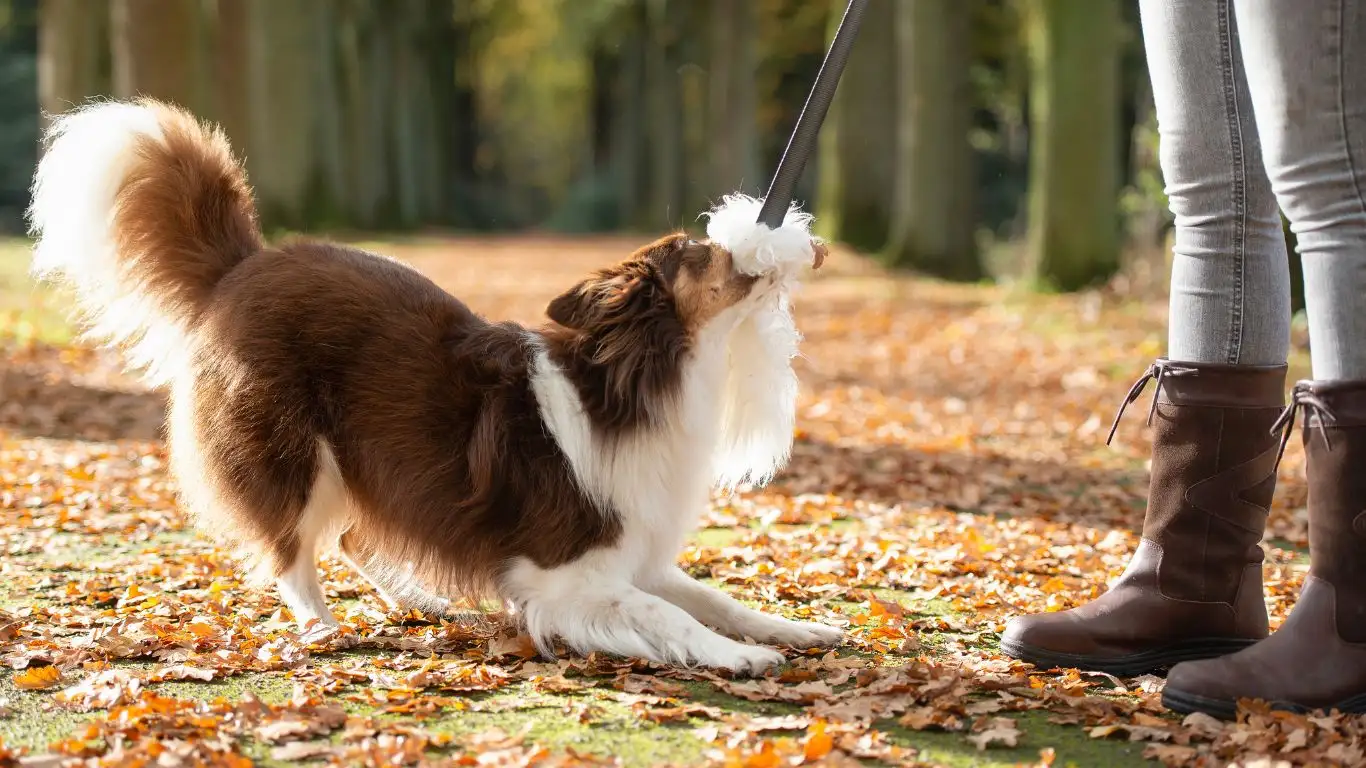
First, let’s understand the “why” behind the resistance. Most dogs aren’t used to having their faces touched, especially in ways that feel restrictive. Think about it—dogs use their eyes, ears, and nose to interact with the world, and having a hand come at their face can feel intrusive. From my experience, even the most affectionate therapy dogs can flinch or pull back when it’s time for a quick wipe under the eyes or around the snout.
Common Triggers That Make Dogs Uncomfortable
- Sudden movements near the face
- Strong-smelling wipes or soaps
- Cold or wet cloths that startle them
- Lack of control or being held down
Understanding these triggers is key—because if we know what sets them off, we can work around it using positive, pressure-free training.
Building Trust First—Always
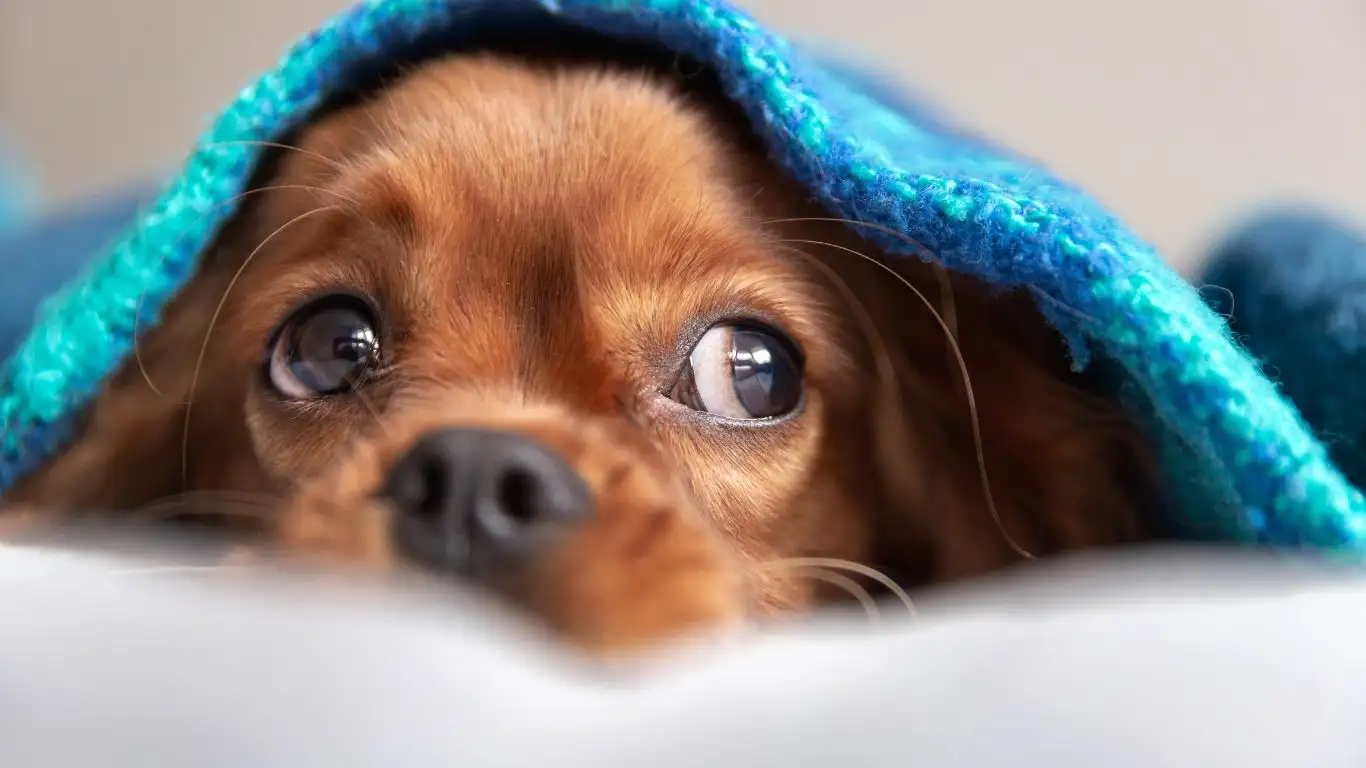
Before you even think about cleaning your dog’s face, you’ve got to build some trust. This is especially true if you’ve adopted an adult dog or if your pup has a history of being skittish. In therapy training, we never jump into handling sensitive areas until a dog is fully comfortable with human touch—and that includes the face.
My Go-To Trust-Building Exercises
- Spend time just petting around the head and ears without any agenda.
- Use treats to create a positive association with your hands near their face.
- Practice the “chin rest” command—where your dog learns to rest their chin on your hand or knee. This is gold for desensitization.
I remember one of my rescue dogs, Max—he was a total sweetheart, but the moment I tried to clean the crusty bits under his eyes, he’d dart away like I was coming at him with a chainsaw. It took patience, tons of treats, and a few weeks of daily trust-building before he let me near him with a warm cloth. But once we got there? Piece of cake.
Desensitization: The Secret Sauce
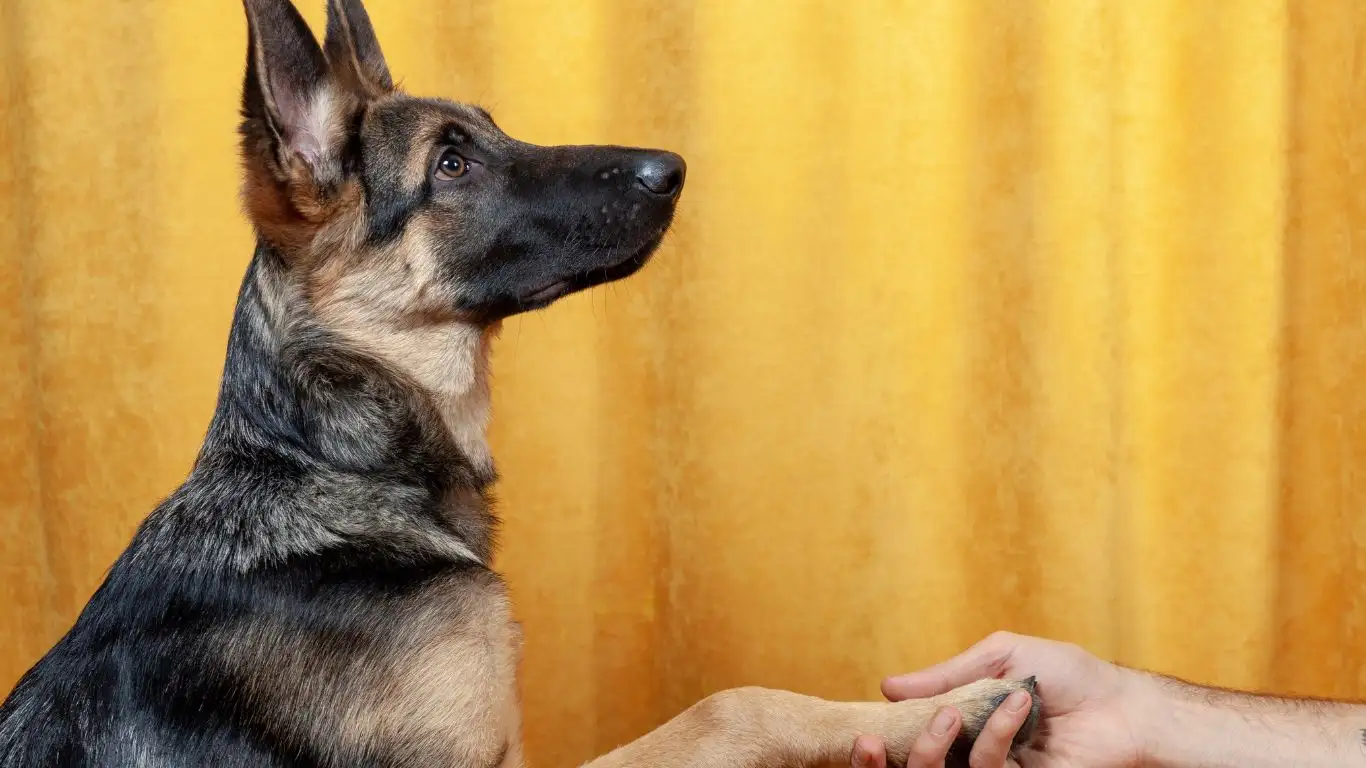
Desensitization is hands down one of the most effective methods when figuring out how to train a dog to allow face cleaning. The idea is simple: break the process into tiny, bite-sized steps, and reward your dog at each stage. No rush, no pressure. Just calm, chill energy.
Step-by-Step Desensitization Plan
- Introduce the cleaning item—let your dog sniff the cloth or wipe. Treat and praise.
- Touch their face gently with your hand—no cloth yet. If they stay calm, reward them.
- Hold the cloth near their cheek without touching. If they stay relaxed, praise and treat.
- Lightly touch their cheek with the cloth for just a second. Back off and reward.
- Gradually increase the duration of contact over several sessions.
This is not a one-day training session. I’ve had therapy dogs who took three days to feel comfy with it, and others who needed three weeks. Every dog is different—and that’s totally okay.
Make It Part of Your Routine
Dogs thrive on routine. When something becomes a normal part of their daily rhythm, it loses its scariness. I always tell my clients: the earlier you start incorporating gentle face wipes into your daily routine, the easier it becomes down the line.
When and How to Fit It In
- After meals – great time to wipe off food residue
- Post-playtime – especially if they’ve been outside or drooling
- Before bedtime – adds to a calm, wind-down routine
Pro tip: Keep the wipes or cloths somewhere visible. If they’re out of sight, it’s easy to forget. I keep mine in a small caddy by the back door where I leash them up—it’s become second nature to give their face a little attention while I’m already down at their level.
Choosing the Right Tools for the Job
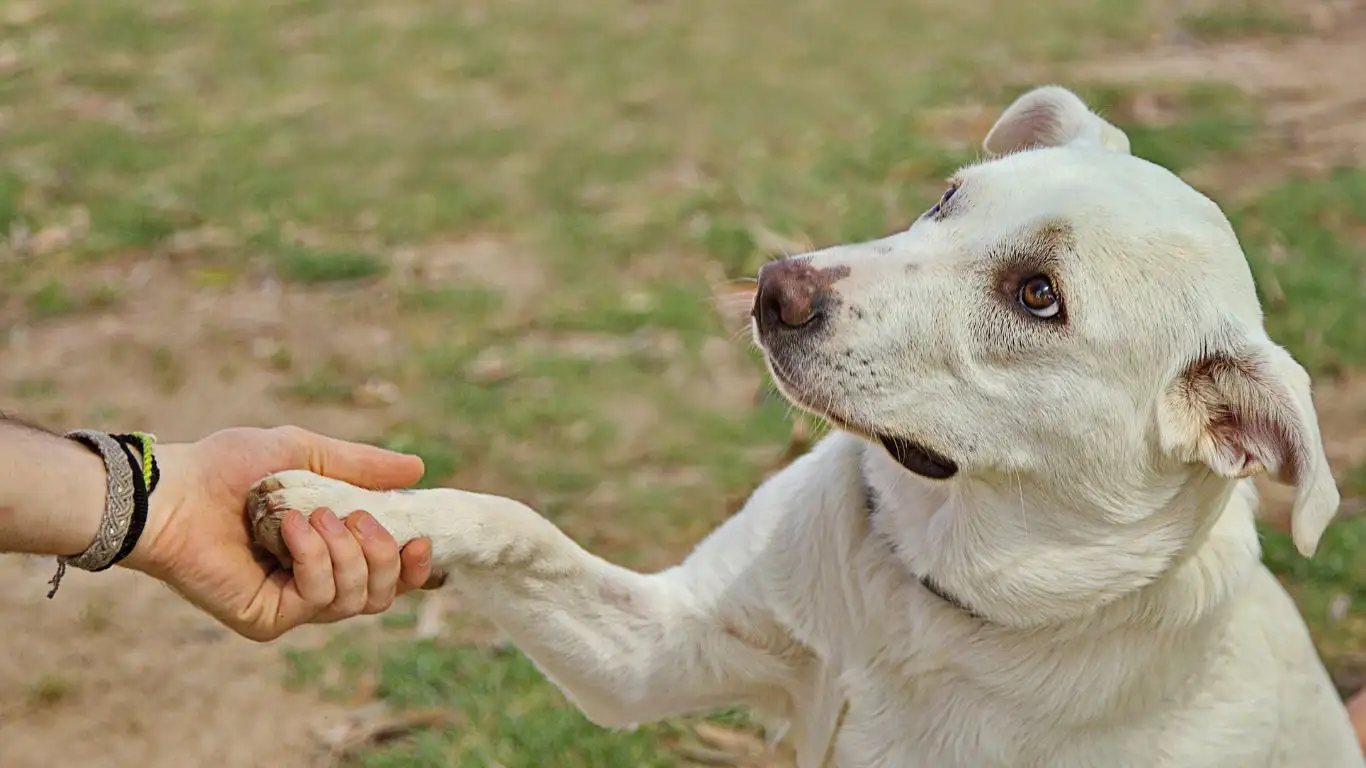
If you’ve ever tried wiping your dog’s face with whatever rag or paper towel was within reach, you probably learned pretty quickly—it matters what you use. The right tools can make a huge difference in whether your dog learns to tolerate, or even enjoy, face cleaning. I’ve tested more wipes, cloths, and mitts than I can count. Some worked like a charm. Others? Total flops.
My Favorite Face Cleaning Tools
- Hypoallergenic dog wipes: These are gentle, unscented, and super convenient. I keep a stash in my car, my training bag, even my coat pocket.
- Warm, damp microfiber cloths: Dogs love the cozy feeling, and they’re reusable too. Bonus points for being eco-friendly.
- Finger cleaning mitts: These are especially great for dogs who get anxious around big objects near their face. Just slide it on and gently swipe under the eyes or around the mouth.
One note from experience: skip anything overly fragrant. That lavender-scented wipe might smell great to you, but it can overwhelm your dog’s super-sensitive nose. I learned that the hard way with a therapy dog named Daisy—she bolted the moment she caught a whiff of my fancy wipes. Lesson learned.
Body Language: Reading Your Dog’s Signals
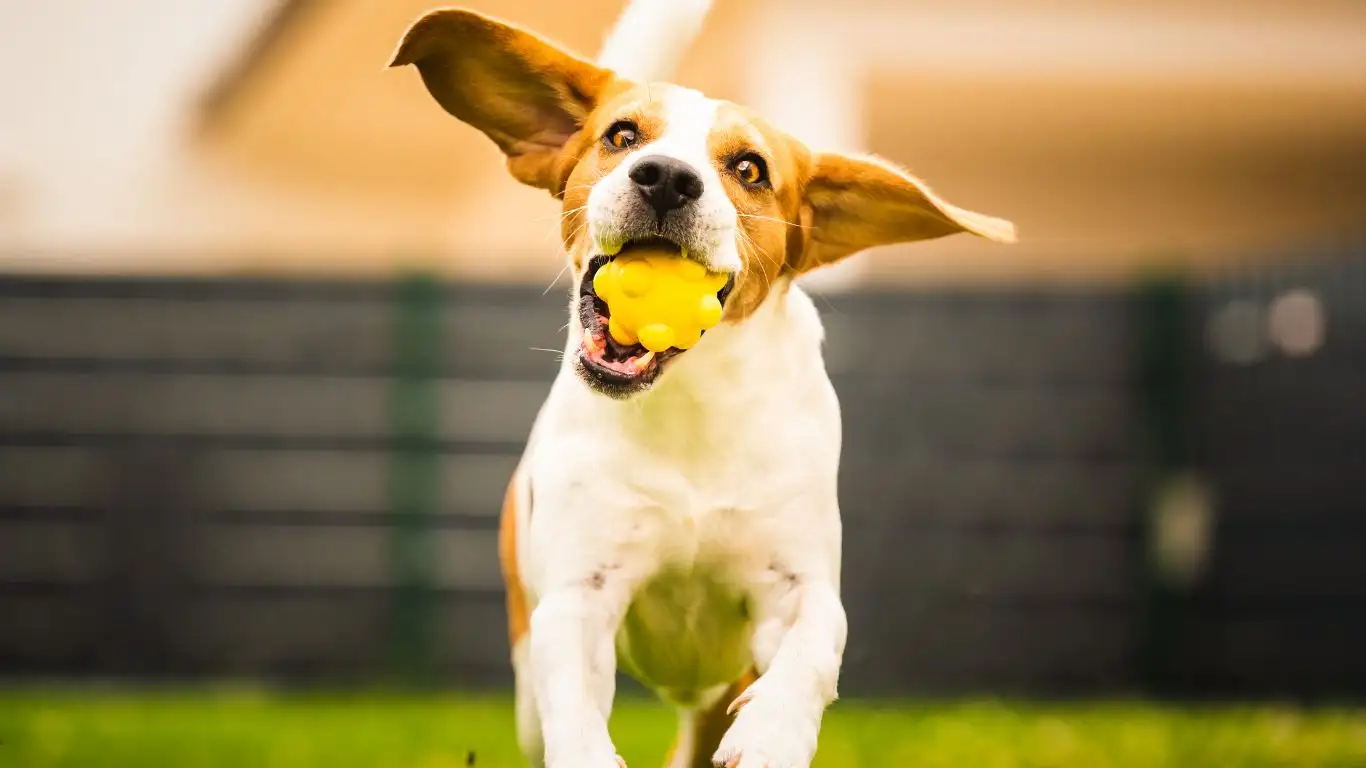
This part right here is so important, and it’s something I drill into every new handler I train. You’ve got to watch your dog’s body language like a hawk. Dogs are constantly telling us how they feel—we just have to pay attention.
Signs Your Dog Is Uncomfortable
- Whale eye (showing the whites of their eyes)
- Lip licking or yawning when nothing else is going on
- Turning their head away or backing up slowly
- Stiff posture or holding their breath
If you notice any of these signals while cleaning their face, pause immediately. Give them space. Offer a treat or redirect with a command they love. You’re not just cleaning them—you’re teaching them they’re safe, and their comfort matters.
Make It a Two-Person Game (If Needed)
Now, I know not everyone has someone around to help, but if you do, it can be a total game-changer. I’ve done countless home visits where we turned face cleaning into a two-person job: one person offers treats and keeps the dog calm and distracted, while the other does a quick, gentle wipe. It works beautifully, especially with dogs still learning to trust the process.
Quick Tip for Duo Face Cleaning
- Use high-value treats—think peanut butter or chicken jerky. No kibble here.
- Have your helper talk to and pet the dog while rewarding calm behavior.
- Keep sessions under 30 seconds at first. Short, sweet, and successful is the goal.
I used this exact method with a golden retriever named Marley during therapy prep. His face was always a mess—he loved mud—but he’d tense up the moment you tried to clean it. With a buddy offering peanut butter licks, he eventually let me clean both eyes in one session. Big win.
Incorporating Commands: ‘Touch’, ‘Stay’, and ‘Chin’
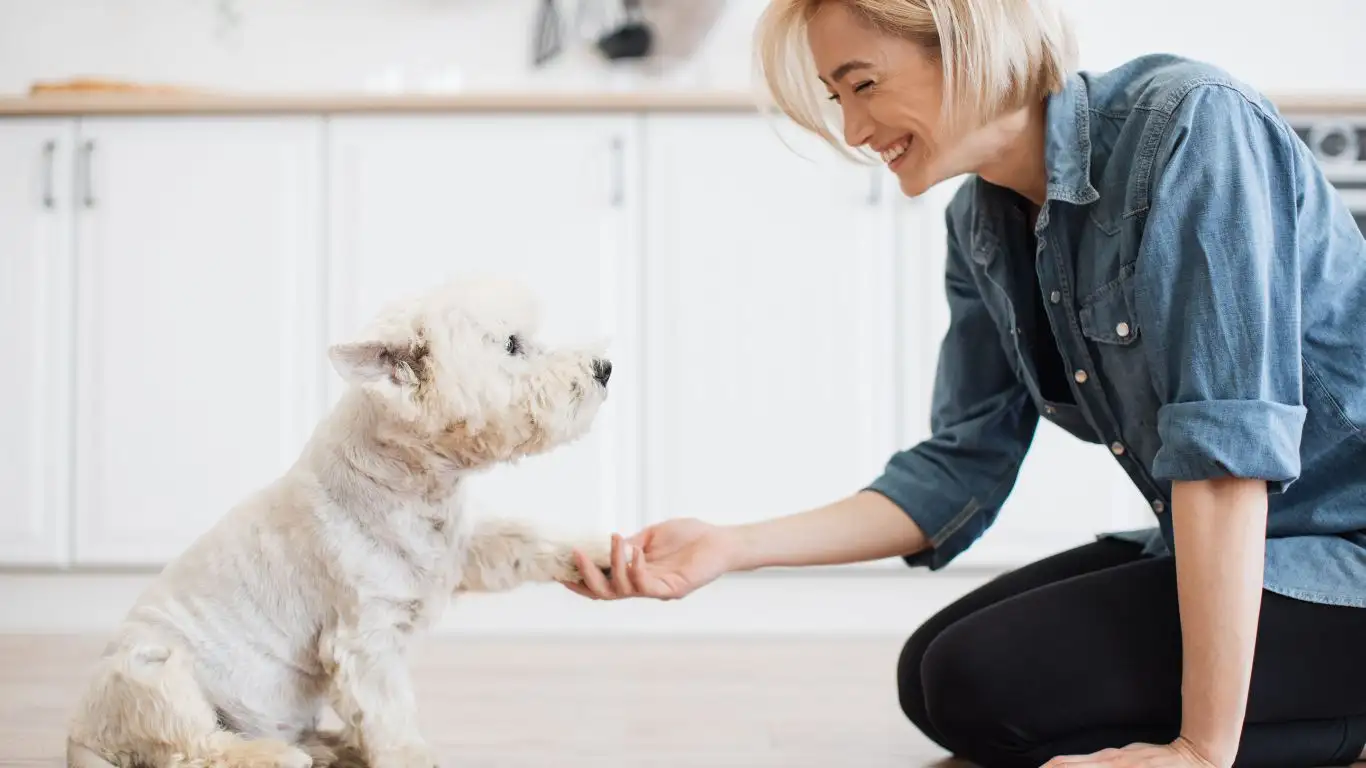
This is where your training chops come in. Teaching simple commands like ‘Touch’, ‘Stay’, or my favorite—‘Chin’—can help structure the experience and give your dog a sense of control. And when dogs feel in control, they’re way more likely to cooperate.
Training the ‘Chin’ Command
- Hold a treat in a closed fist and place it under your dog’s chin.
- When they rest their chin on your hand to investigate, mark the behavior (“Yes!” or click) and reward.
- Repeat and gradually add the verbal cue “Chin.”
- Increase duration over time and add mild distractions like holding a cloth in your other hand.
Using this command, I’ve trained dogs to calmly rest while I clean their eyes, ears, even trim fur around their face. It’s gentle, clear, and empowering for the dog. Plus, it looks super professional when done right—clients are always impressed!
Celebrating Small Wins
This might sound cheesy, but honestly—it matters. Celebrate the little victories. Whether it’s one clean eye, a sniff of the cloth without flinching, or even just letting you approach their face without ducking—it’s progress. I’ve had dogs who hated any sort of grooming go on to become therapy dogs visiting hospitals weekly. It all starts with small wins, consistency, and trust.
So go easy on yourself—and your pup. Progress isn’t linear. One day might feel like a breakthrough, the next like a step backward. That’s okay. You’re building a foundation that lasts a lifetime.
Handling Special Cases: Brachycephalic Breeds, Seniors & Rescues
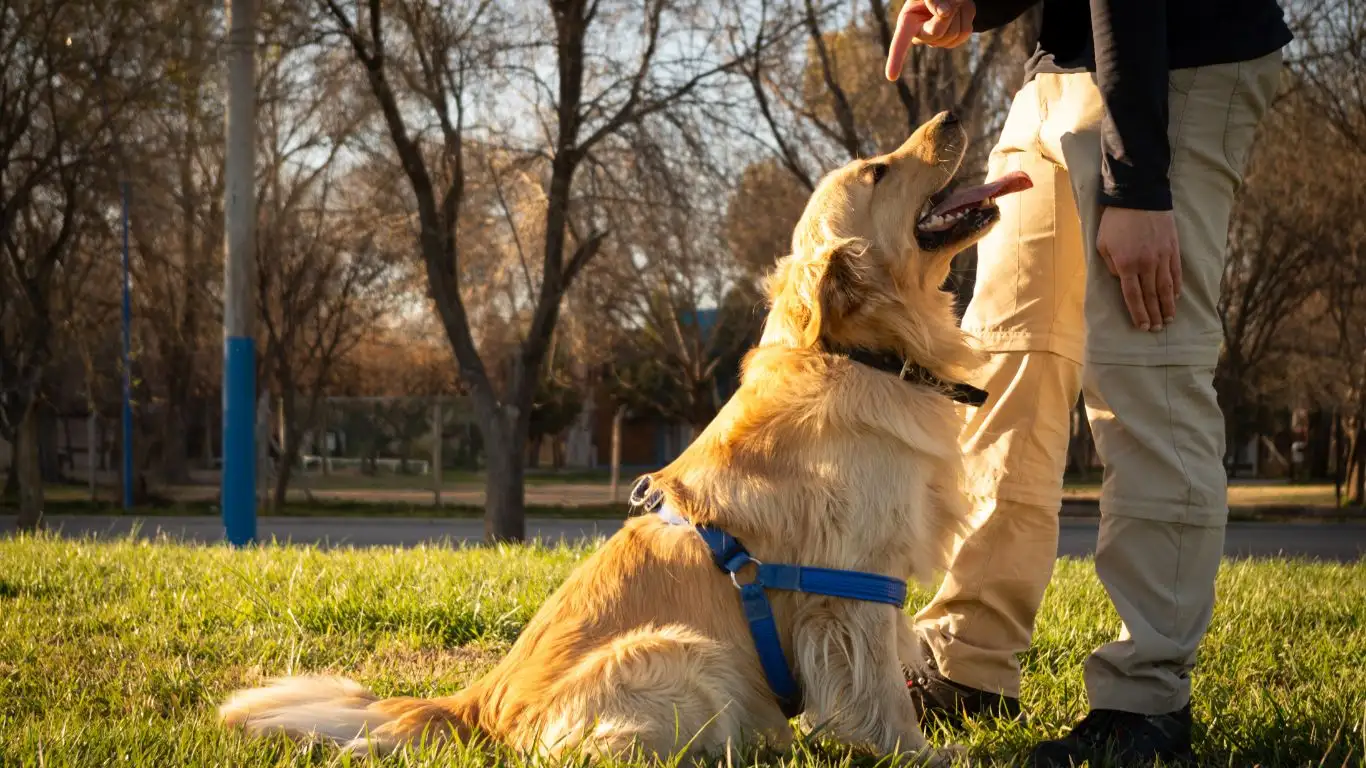
Now, let’s get into some of the trickier situations I’ve dealt with—because not all dogs are created equal when it comes to face cleaning. Some breeds and backgrounds call for extra care, different techniques, and a whole lot more patience.
Flat-Faced Breeds (Brachycephalics)
Breeds like Bulldogs, Pugs, and Shih Tzus have adorable smushed faces—but those cute wrinkles need cleaning way more often than your average pup. And trust me, they can get gunky fast. I once worked with a Frenchie named Bruno who had so much buildup in his facial folds, it caused skin irritation.
- Use wrinkle-specific wipes or saline pads
- Gently pull back folds and clean in a circular motion
- Dry thoroughly—moisture is a breeding ground for bacteria
Senior Dogs
Older dogs often develop eye discharge and need more frequent cleanings—but they also may have arthritis, cloudy vision, or heightened sensitivity. For seniors, I recommend going slow and low-pressure. Warm up the cloth first and avoid overstimulating them.
Pro tip: Use a soft, warm compress to gently loosen debris before wiping. Many of my senior therapy dogs actually start to enjoy this—it’s almost like a mini spa moment for them.
Rescue or Trauma Dogs
These dogs often come with baggage, and it’s our job to respect that. If they’ve been mistreated or neglected, face cleaning might feel threatening. One rescue pup I trained, Ginger, would panic if I even moved my hand too fast. It took weeks of simply being present, letting her sniff tools, and praising every calm reaction before she’d let me touch her muzzle.
For these dogs, the focus should always be on consent and choice. Let them approach the cloth. Don’t force it. And reward small signs of trust every time.
When to Call in a Pro
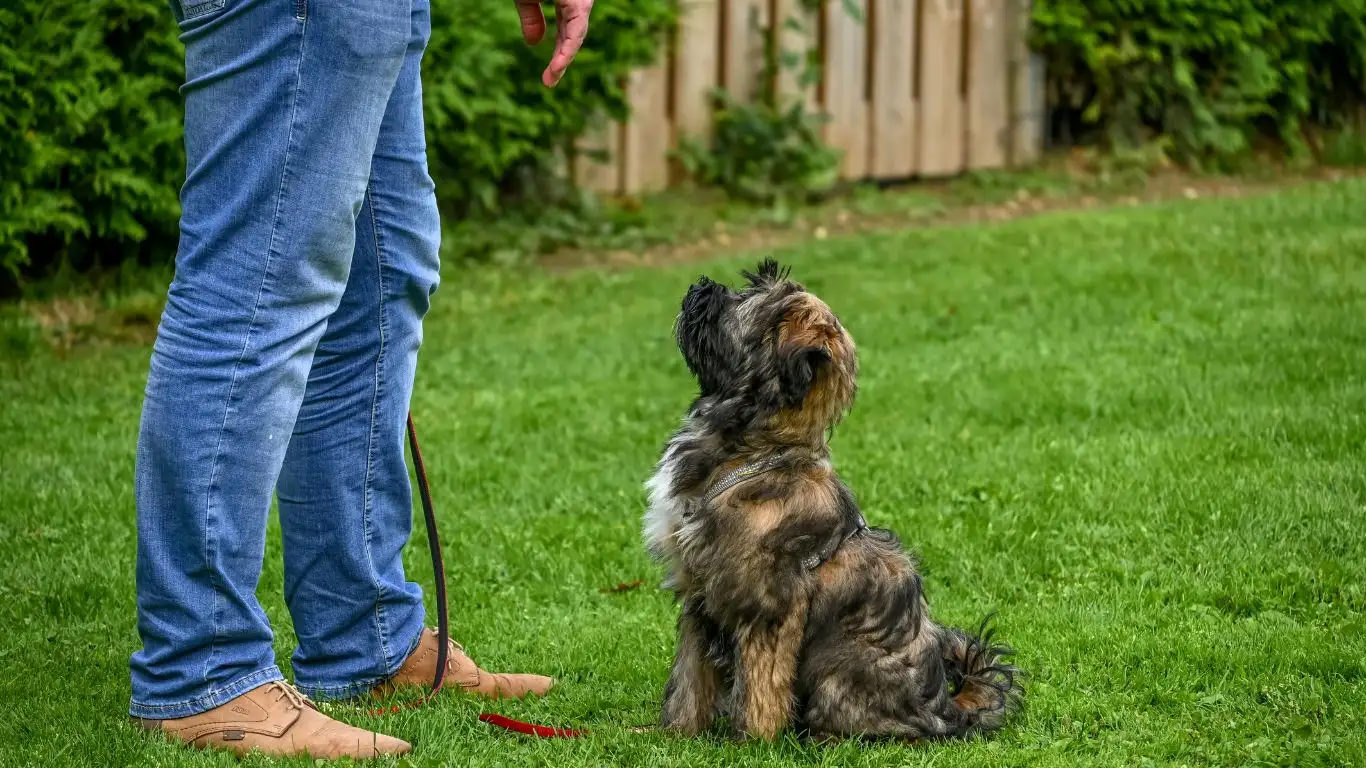
Sometimes, even with all the right tools, timing, and training, things still aren’t clicking. And that’s okay. There’s no shame in calling for help. Whether it’s a professional trainer, a fear-free groomer, or your vet, getting support can move the needle faster—and safer—than going it alone.
Signs It Might Be Time to Consult a Pro
- Repeated growling or snapping during face cleaning attempts
- Excessive anxiety or shutdown behavior
- Persistent facial discharge or signs of skin irritation
Also, don’t hesitate to ask your vet for a quick demo during a check-up. Most are happy to show you proper technique or rule out any underlying issues causing discomfort. In fact, PetMD and NIH both stress the importance of identifying medical concerns early when dogs resist grooming around the eyes or mouth.
What NOT to Do When Cleaning Your Dog’s Face
This wouldn’t be a complete guide if I didn’t call out a few common mistakes I see time and time again. And yep—I’ve made some of these myself in my early days. That’s how we learn, right?
Avoid These Face Cleaning Mistakes
- Forcing it: Pinning your dog down or “getting it over with” can backfire and erode trust.
- Using human products: Our soaps, wipes, and even baby wipes may contain ingredients that irritate a dog’s skin or eyes.
- Ignoring buildup: Neglecting eye gunk or crust can lead to infections—and nobody wants that vet bill.
- Skipping desensitization: Jumping straight into wiping without prepping your dog is like skipping warm-up before a workout—risky and often painful.
Stick to dog-safe products, go slow, and remember this isn’t just a grooming routine—it’s a relationship-building moment. Seriously. I’ve had dogs look at me differently once they realized face cleaning didn’t have to be scary. Like they were saying, “Okay… you get me now.”
Making Face Cleaning a Lifetime Habit
By now, you’ve got the tools, the strategies, and hopefully some confidence to start (or improve) your dog’s face cleaning routine. The real magic happens when it becomes second nature—for both of you. Just like brushing their coat or clipping nails, it should feel like part of life, not a chore.
I always say: train for the future dog you want. The earlier you build these habits, the easier it is later. And even if your dog’s older? No worries. I’ve trained dogs well into their senior years to calmly allow face cleanings. It’s never too late to start showing up for your dog in new, caring ways.
Keep These Habits Strong
- Pair cleanings with treats, praise, or play afterward
- Use a consistent phrase like “Wipe time!” to create predictability
- Don’t wait for gunk to appear—make it a weekly (or daily) ritual
So next time you reach for that cloth or wipe, remember: you’re not just cleaning a face—you’re reinforcing safety, comfort, and love. That’s what builds confident, healthy, therapy-ready dogs. And in my world, that’s everything.
References
Disclaimer
This article is for informational purposes only and is based on personal experience and professional training as a Canine-Assisted Therapy Trainer. It is not intended as a substitute for veterinary advice or professional behavioral consultation. Always consult with your veterinarian or a certified dog trainer for issues specific to your dog’s health or behavior.
